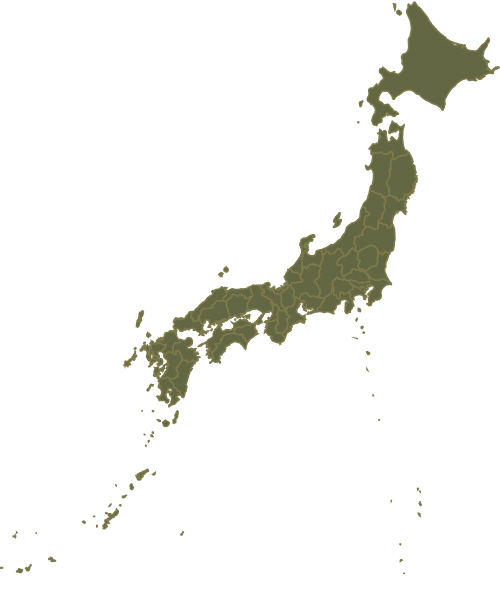Although viticulture and the cultivation of grapes for table consumption has a long history in Japan, domestic wine production using locally produced grapes only really began with the adoption of Western culture during the Meiji restoration in the second half of the 19th century.
he main region for winemaking in Japan is in Yamanashi Prefecture which accounts for approximately a third of domestic production,[1] although grapes are cultivated and wine is also produced in more limited quantities by vintners throughout the country, from Hokkaido in the North to Miyazaki Prefecture on the Southern island of Kyushu.
Japan supports a wide range of grape varieties although the vast majority of this production is for table consumption and only a small percentage is used in domestic wine making. Strictly speaking there are no vines native to Japan,[although the Koshu white wine grape has evolved locally over many centuries and is therefore considered an indigenous variety. Hardy varietals imported from North America such as the Delaware and Niagara grape were widely planted in the post war period, but since 1985 have significantly declined in popularity. Premium table consumption grapes such as Kyoho and more recently Pione, a hybrid cultivar of Kyoho and Cannon Hall Muscat, command significant price premiums for producers.
Grapes used only used for winemaking are produced in limited quantities as price margins for table grapes are often significantly higher. Imported wine grape cultivars include Müller-Thurgau, Chardonnay, Merlot and Cabernet Sauvignon

Although viticulture and the cultivation of grapes for table consumption has a long history in Japan, domestic wine production using locally produced grapes only really began with the adoption of Western culture during the Meiji restoration in the second half of the 19th century.
he main region for winemaking in Japan is in Yamanashi Prefecture which accounts for approximately a third of domestic production,[1] although grapes are cultivated and wine is also produced in more limited quantities by vintners throughout the country, from Hokkaido in the North to Miyazaki Prefecture on the Southern island of Kyushu.
Japan supports a wide range of grape varieties although the vast majority of this production is for table consumption and only a small percentage is used in domestic wine making. Strictly speaking there are no vines native to Japan,[although the Koshu white wine grape has evolved locally over many centuries and is therefore considered an indigenous variety. Hardy varietals imported from North America such as the Delaware and Niagara grape were widely planted in the post war period, but since 1985 have significantly declined in popularity. Premium table consumption grapes such as Kyoho and more recently Pione, a hybrid cultivar of Kyoho and Cannon Hall Muscat, command significant price premiums for producers.
Grapes used only used for winemaking are produced in limited quantities as price margins for table grapes are often significantly higher. Imported wine grape cultivars include Müller-Thurgau, Chardonnay, Merlot and Cabernet Sauvignon.
Tradesa Corp.
618A Fleet St., Toronto, Ontario, Canada
M5V 1B9
Phone
416.944.WINE (9463) / 416.924.VINO (8466)
Fax: 416 928 0908
